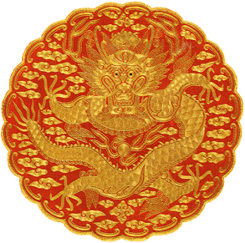Six Ministries of Joseon
| Six Ministries of Joseon | |
| Hangul | 육조 |
|---|---|
| Hanja | 六曹 |
| Revised Romanization | Yukjo |
| McCune–Reischauer | Yukcho |
The Six Ministries of Joseon were the major executive bodies of the Korean Joseon Dynasty. They included ministries of Personnel (Ijo), Taxation (Hojo), Rites (Yejo), Military Affairs (Byeongjo), Punishments (Hyeongjo), and Public works (Gongjo).[1]
It was established in 1298. The ministries system of Joseon was similar in outline to that of the preceding Goryeo dynasty. The ministries were much more powerful under Joseon, and their importance grew as the dynasty wore on.[1]
In December 1895, after the First Sino-Japanese War and as a part of the Gabo Reform, a cabinet of seven ministries was modeled after the Japanese one, which had been established only ten years earlier.
Composition
| Title | Hangul | Hanja | Description |
|---|---|---|---|
| Ijo | 이조 | 吏曹 | Personnel |
| Hojo | 호조 | 戶曹 | Taxation |
| Yejo | 예조 | 禮曹 | Rites |
| Byeongjo | 병조 | 兵曹 | Military affairs |
| Hyeongjo | 형조 | 刑曹 | Law Enforcement |
| Gongjo | 공조 | 工曹 | Public works |
See also
- Joseon Dynasty politics
- History of Korea
- List of Korea-related topics
- Three Departments and Six Ministries - the original Chinese model; only the six ministries was retained in a similar format
References
This article is issued from Wikipedia - version of the 12/10/2015. The text is available under the Creative Commons Attribution/Share Alike but additional terms may apply for the media files.
